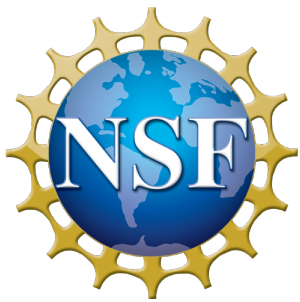January 1st, 2007 - January 1st, 2007 | PROJECT
The ruffed grouse is a forest species widely distributed across New York State. While some grouse are found in more mature forests, the greatest population densities are in younger-aged forests. These preferred habitats are declining as most of New York State's forests grow older, thus resulting in a decline in grouse numbers since the 1960s. Turkey hunters in pursuit of that wary gobbler in the spring are ideally suited for monitoring ruffed grouse during the breeding season. The characteristic sound of a drumming male grouse is as much a part of the spring woods as yelping hens and gobbling toms. DEC currently monitors grouse populations in the fall through the Cooperator Ruffed Grouse Hunting Log where hunters record the number of birds flushed per hour of hunting effort. The Ruffed Grouse Drumming Survey survey provides a harvest-independent index of grouse distribution and abundance during the critical breeding season in the spring. The information from this survey will help us develop an index of grouse distribution and abundance when viewed over time and over large geographic regions. If you would like to participate, visit the DEC website.
Project Website(s)
(no project website provided)
Project Products
http://www.dec.ny.gov/animals/48169.html
http://www.birds.cornell.edu/citscitoolkit/projects/nydec/ruffedgrousedrumming/
Team Members
New York State Department of Environmental Conservation, Contributor, New York State Department of Environmental ConservationTags
Audience: General Public
Discipline: Ecology | forestry | agriculture | Life science
Resource Type: Project Descriptions
Environment Type: Citizen Science Programs | Public Programs

